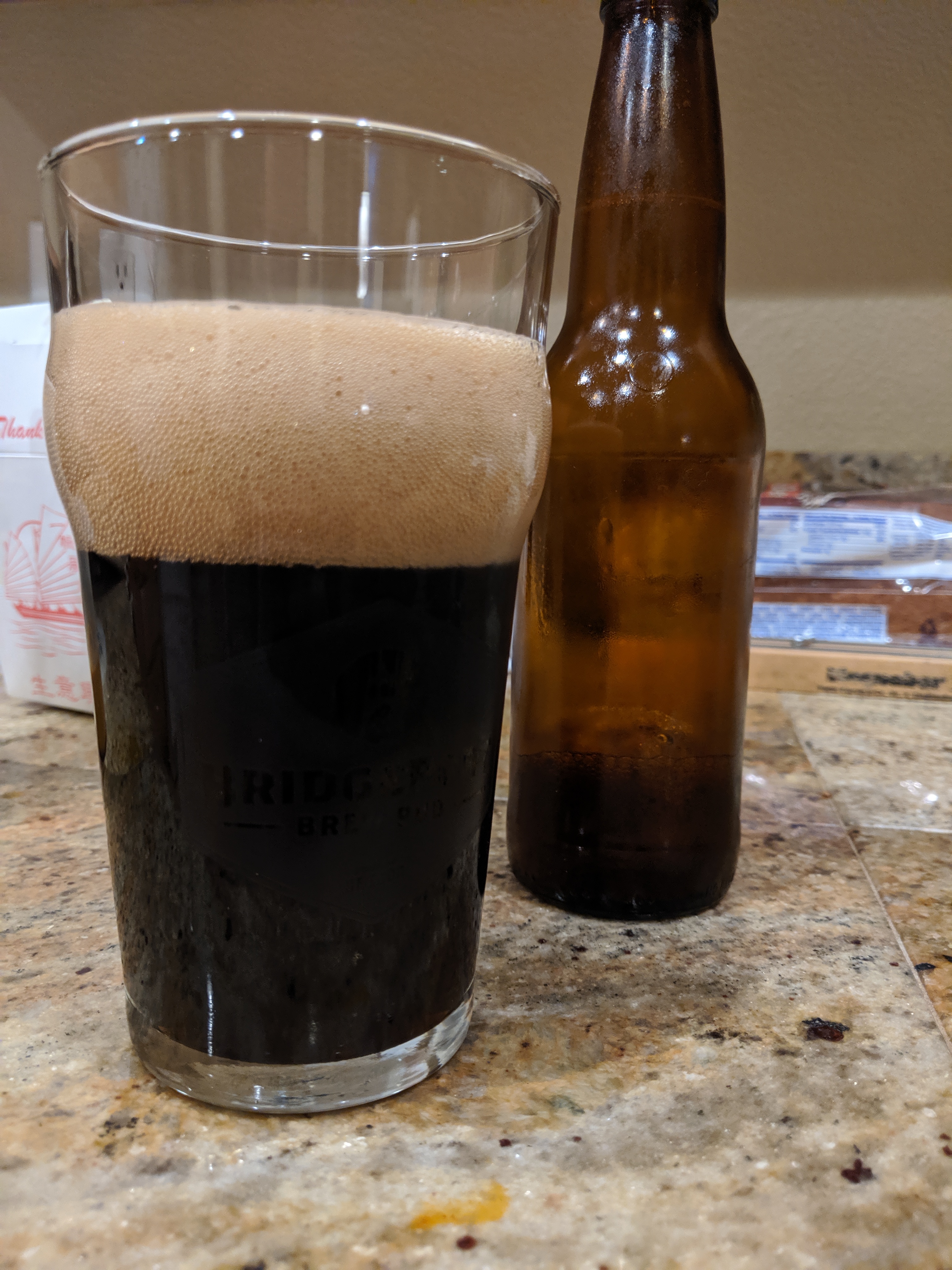Sounds like it is coming out good so far.
I think there were some potential weird things going on on brew day though. Getting volumes and temps and everything right can take some experience; here is what I do:
1) Calculate strike water volume, and heat strike water to about 5 degrees over my target temp (target temp before adding grain that is). Example: I want to mash at 152 and my calculator says the water should start at 162. I'll heat the water to ~167 and then put it in the mash tun. I gave up on preheating the mashtun... never saw any repeatable benefit from it.
2) Check the temp of the strike water after transfer, hopefully it is just a degree or two high and I can vigorously stir for a minute or two to get it just right.
3) Add grains, confirm the mash temp, and mash.
4) During the mash, heat up the sparge water to ~180 and put it in the hot liquor tank.
5) At the end of the mash, add a gallon or two of sparge water to the mashtun, give it a gentle stir for a minute or so.
6) Drain out the mashtun into the kettle until it is empty.
7) Check volume in the kettle. Subtract this from your desired preboil volume. Add that much sparge water to the mashtun. Give it a gentle stir and let it sit for a few minutes.
8) Drain out the mashtun again, into the kettle. This should get you to the right preboil volume. For a 5 gallon batch, this is likely 7 gallons and some change, but correct preboil volume should be calculated beforehand. Again, it might take some experience with your exact equipment to get this perfect.
9) Stir the contents of the kettle (wort is in the kettle) and take a preboil gravity sample. The stir here is important because the wort will layer with more sugar on the bottom during the drain, so if you don't stir here you won't get an accurate gravity measurement.
10) Boil. You should be boiling off roughly one gallon per hour from a 5 gallon batch. As mentioned, if it is much more than that you are boiling too hard.
11) Post boil, take your Original Gravity sample (This is original, not final), cool, ferment, etc.
You CAN add water to the kettle or fermenter if your volumes were low, but figure out what happened for next time so you don't have to do that in the future.
I remember my first batch too, but if you can avoid the urge to mess with it every couple days, you'll be better off.
Good luck!














































![Craft A Brew - Safale BE-256 Yeast - Fermentis - Belgian Ale Dry Yeast - For Belgian & Strong Ales - Ingredients for Home Brewing - Beer Making Supplies - [3 Pack]](https://m.media-amazon.com/images/I/51bcKEwQmWL._SL500_.jpg)












